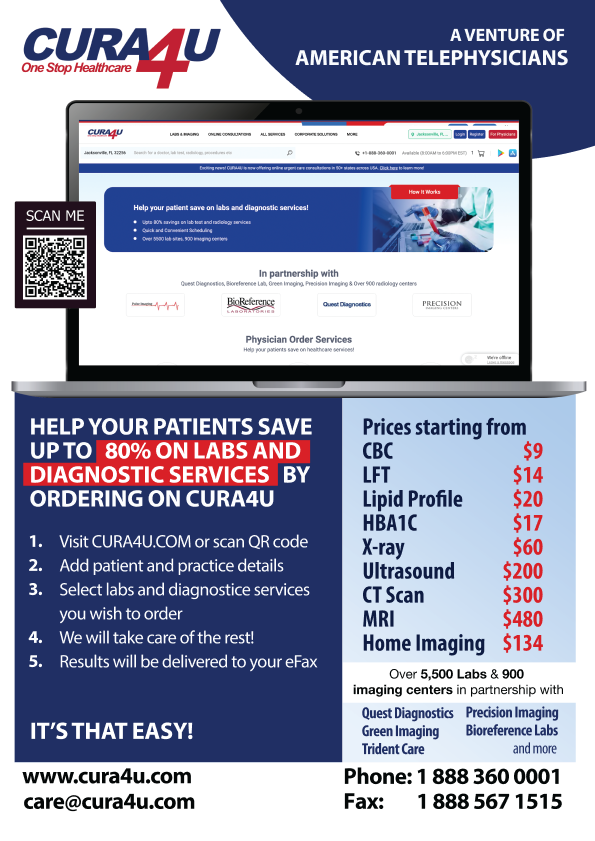Microbiological testing is evolving rapidly, revolutionizing disease detection, treatment plans, and public health strategies. With advancements in automation, molecular diagnostics, and artificial intelligence, microbiological tests are more efficient and accurate than ever. Understanding these innovations and their impact on healthcare can help professionals and patients make informed decisions.
Understanding Microbiological Testing
Microbiological testing involves analyzing biological samples such as blood, urine, sputum, and tissue to detect microorganisms like bacteria, viruses, fungi, and parasites. These tests play a crucial role in diagnosing infections, tracking disease outbreaks, and developing treatment strategies.
Recent Innovations in Microbiological Testing
1. Molecular Diagnostics and PCR Technology
Polymerase Chain Reaction (PCR) technology has revolutionized microbiological testing by allowing for the rapid identification of pathogens. Unlike traditional culture methods, PCR tests amplify the genetic material of microbes, providing highly accurate results in a short time.
-
Application in COVID-19 Detection: PCR testing played a pivotal role in identifying and managing the pandemic.
-
Advantages: High specificity, rapid turnaround time, and ability to detect low concentrations of pathogens.
2. Automation and Artificial Intelligence in Labs
Laboratories are now integrating AI and automation to streamline microbiological testing. Automated analyzers can process multiple samples simultaneously, reducing human error and improving efficiency.
-
AI in Microbial Identification: Machine learning algorithms can differentiate microbial species quickly based on genetic sequencing.
-
Automated Lab Processes: Robotics and AI-driven systems help reduce contamination risks and enhance precision in test results.
3. Next-Generation Sequencing (NGS)
Next-Generation Sequencing enables comprehensive analysis of microbial genomes, allowing researchers to identify new pathogens and understand resistance mechanisms.
4. Point-of-Care Testing (POCT)
POCT devices are making microbiological testing more accessible by enabling rapid infection screening outside traditional laboratories.
-
Benefits: Reduces diagnostic time, allows for on-the-spot treatment decisions, and is especially useful in remote areas.
-
Examples: Rapid strep tests, home COVID-19 tests, and instant urinary tract infection (UTI) tests.
The Impact of Microbiological Testing Innovations on Healthcare
1. Early Disease Detection and Prevention
Advanced microbiological testing enables early diagnosis, reducing disease complications and allowing for timely treatment.
-
Examples: Early detection of tuberculosis, MRSA infections, and sepsis through rapid testing methods.
-
Public Health Benefits: Helps in controlling infectious disease outbreaks through real-time data collection and analysis.
2. Enhancing Infection Control Measures
Microbiological tests help healthcare facilities manage and control hospital-acquired infections (HAIs). Regular screening for drug-resistant bacteria ensures better infection control practices.
-
Use in Healthcare Facilities: Identifying multi-drug-resistant organisms (MDROs) to prevent spread.
-
Improving Antibiotic Stewardship: Ensuring targeted use of antibiotics to reduce antimicrobial resistance.
3. Revolutionizing Personalized Medicine
With microbiological testing advancements, personalized treatment approaches are becoming more feasible. Genetic testing helps customize antimicrobial therapies for better patient outcomes.
4. Impact on Food Safety and Environmental Health
Microbiological testing is crucial in monitoring food safety, preventing outbreaks of foodborne illnesses, and maintaining water quality.
Challenges in Microbiological Testing
1. Rising Antibiotic Resistance
The increase in antimicrobial resistance poses a major challenge to effective disease management. Rapid diagnostic tests are needed to ensure appropriate antibiotic use.
2. High Costs of Advanced Diagnostic Tools
While molecular diagnostics and AI-driven tests improve accuracy, they often come with high costs, making accessibility a challenge in low-resource settings.
3. Ensuring Accuracy and Reducing False Positives
Although molecular testing methods offer high sensitivity, there is always a risk of false-positive results leading to misdiagnosis.
Future Trends in Microbiological Testing
1. Integration of Big Data and Cloud Computing
Advancements in data analytics will enable better tracking and prediction of disease patterns.
2. Development of Wearable Biosensors
Innovative biosensors will allow continuous microbial monitoring in real time, reducing the need for frequent lab tests.
3. Expansion of Home-Based Microbiological Testing
With telemedicine on the rise, at-home test kits for infections will become more accessible, enabling early detection without hospital visits.
Final Wording
Microbiological testing is undergoing a major transformation, making diagnostics faster, more accurate, and more accessible. Innovations such as molecular diagnostics, automation, and AI are improving pathogen detection, while personalized medicine ensures more targeted treatments. As technology advances, microbiological testing will continue to shape the future of healthcare, ensuring better disease control and improved patient outcomes.
For reliable microbiological testing services, visit Cura4U and explore cutting-edge diagnostic solutions that prioritize your health and well-being.











